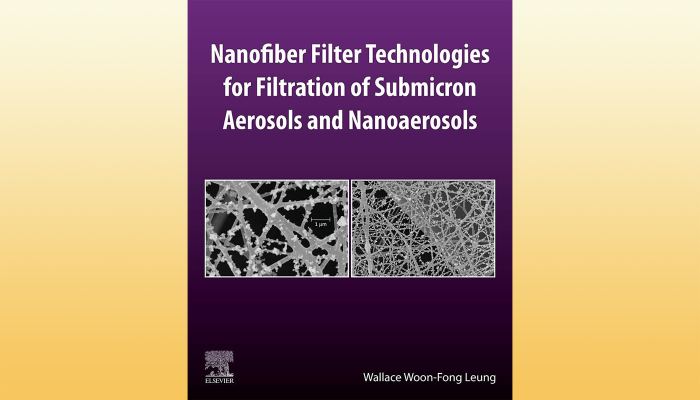Understand the concepts behind nanofiber filter technologies for filtration of submicron aerosols
Particulate Matter (PM) is a term used for particles such as dust, dirt, smoke, and liquid droplets found in the air. PM2.5 (the annotation of “2.5” is given to describe the size of the particles as being 2.5 micrometres or less) is believed to pose the greatest health threat of all air pollutants, as it can remain suspended in the air and be absorbed into the bloodstream via inhalation due to its tiny size.
Nowadays, exposure to ambient PM2.5 has become a major global health concern. More than 26 cities in the world have high PM2.5 with over 10,000 counts/cubic centimetre. Hong Kong is no exception as the city is frequently hit by smog, due to severe pollution from traffic emissions and many other sources of pollutants.
An effective air filtration strategy is therefore essential in combating air pollution and its relevant health hazards. Dr Wallace Leung Woon-fong, Distinguished Research Professor from PolyU and a renowned multidisciplinary engineer, scientist, and educator who has worked in filtration and separation for more than four decades, has written a new book titled “Nanofiber filter technologies for filtration of submicron aerosols and nanoaerosols” recently.
The book summarises various new technologies that deploy nanofibers for capturing nanoaerosols and submicron aerosols, such as composite filter, multilayer nanofiber, depth-to-surface filtration with nanofiber filter, and cleaning of loaded nanofiber filter by backpulse-and-backblow. The book also provides definitive evidence collected worldwide from residences, hospitals and laboratories on the air transmission mode of viruses, helping people to understand the mode of transmission by air of the Novel coronavirus (SARS-CoV-2 virus), and discusses how airborne viruses can be effectively filtered by employing nanofiber technologies.
Written in layman’s terms, the book is suitable for graduate students as well as 3rd and 4th-year undergraduates, with content related to pollution control, aerosols, fluid engineering, material sciences and engineering, and health technologies.
The book, to be published by the renowned scientific publisher Elsevier, will be available in paperback (B/W) and e-copy (with colour) by autumn 2021.






